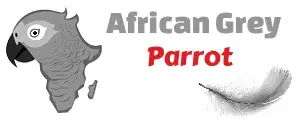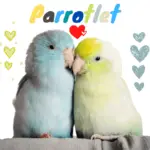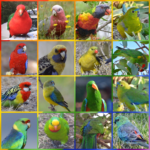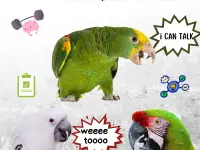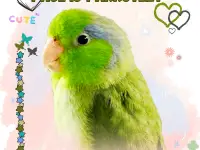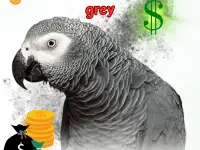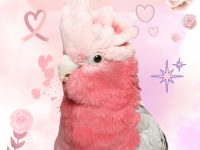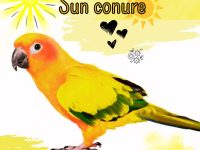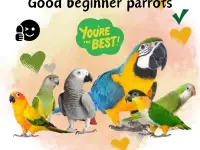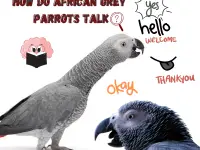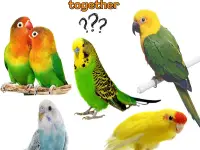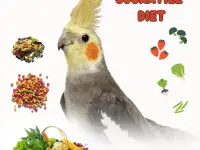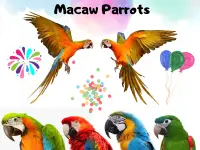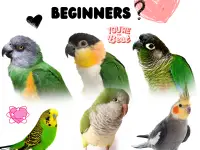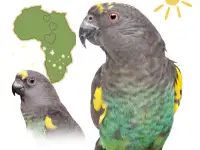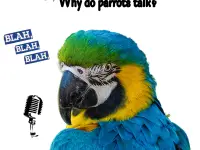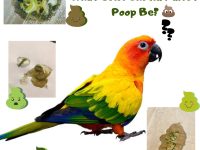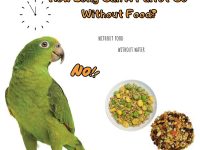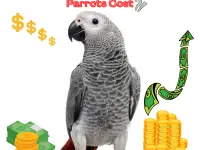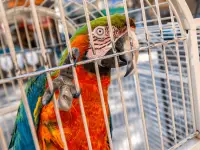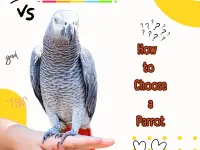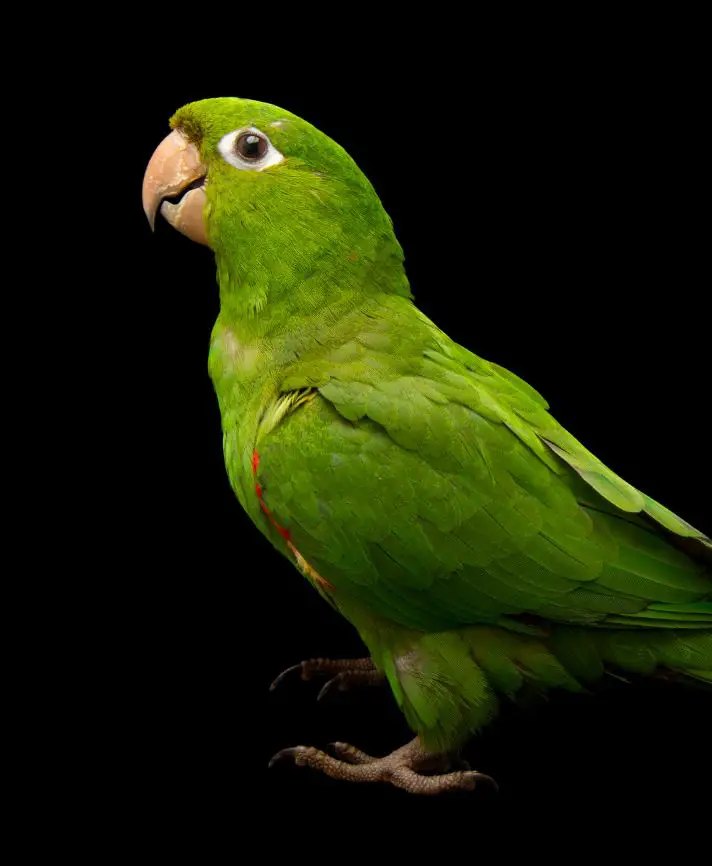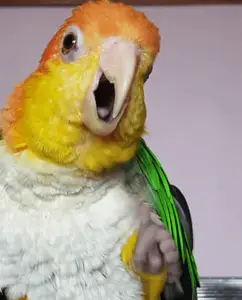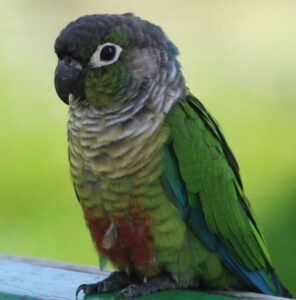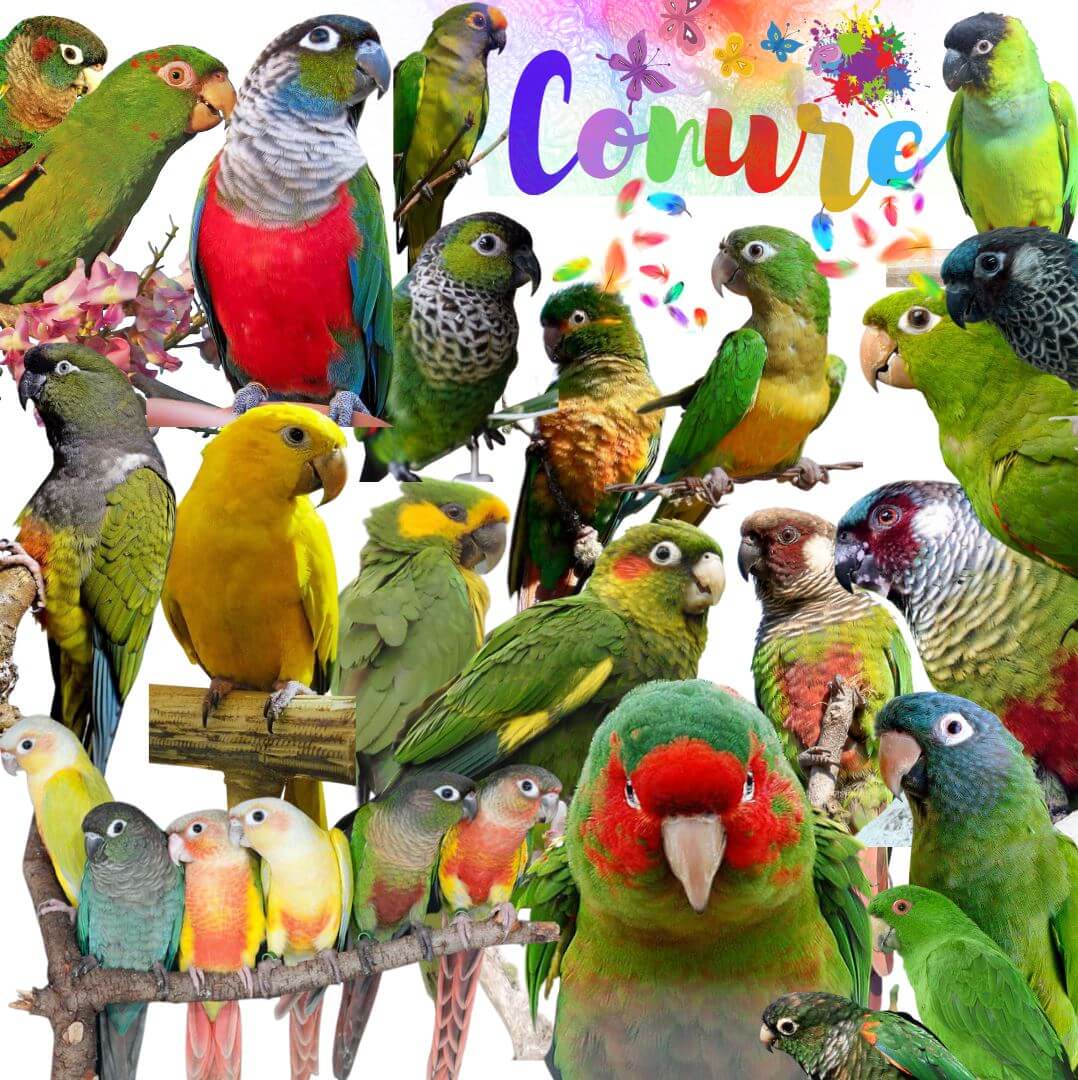
Under the term, conure is grouped for parrots and parakeets conure parrot family is the Psittacidae subfamily Psittacinae of medium-small size belonging to several general neotropical. The term conure derives from the genus Conurus which has fallen into disuse.
Can conures talk? yes, The conure can learn to mimic human speech. and which parrot and parakeet can speak? and how and why parrots and parakeets talk also why do parrots and parakeets’ eyes dilate when they speak? and what is the cheapest parrot and parakeet that speaks? and how to make your conure parrot talk?
Fast Facts
-
SIZE: Medium, small parrot
- Largest: The Patagonian conure at 18 to 20 inches.
-
LIFESPAN: 20 years up to 30 with care.
-
SOUNDS: Vocal communicator
-
INTERACTION: Highly social and Friendly
- Native to South America
All About conure bird
Conures are rather slender parrots with pointed wings and long, pointed tails. The flaps of wings raised above the body are quite powerful. The distinction of species within certain genera (notably Aratinga and Pyrrhura ) is sometimes difficult because of very strong similarities.
General Appearance
The small conure size is 25 cm. in length and weighs from 62 to 81 grams.
Molina’s Parakeet (Pyrrhura) at its end border before Yes lords, Thou art reddish brown to blackish; crown, brown or greyish-brown color marked laterally in shades of blue and green; area of the back of the eyecrownYesneckwith blue tip; cheeks and sometimes the supercilii zone (front area), color the olive coloring; pale grey helmet ears with the blade.
Green upperparts. The primary rectrices are blue-green in color and there they are mostly green, except for a few scattered blue, yellow, or orange feathers on the front edge of the wing. Primary blues, secondary blue-green near the axis; the two grays below. Covering green infra-alar. Feathers in the breast, throat, and neck series of marrón color at the base con púrpura pálido, light gray, or yellowish opaque advice, give a scaly effect; central belly with brown spots of variable size (only scattered the feathers of some birds); cés of the belly, thighs, and lower chest, Green.
From above, the tail is Brown, with the green of the base of the feathers of the center of the tail (hidden under the tectrices); below, the browntail.
The woodpecker, grey; CereWhite; whitish orbital ring; brown iris; gray legs.
Both sexes are similar.
Young paler. With the darker iris and less of a brown patch of the belly.
What’s a Conure?
SOURCE:AnimalWonders Montana
Conure Species
- Ognorhynchus: yellow-eared conure
- Guarouba: golden or Queen Of Bavaria conure
- Cyanoliseus: Patagonian conure
- Thectocercus: blue-crowned conure
- Enicognathus: austral and slender-billed conures
- Conuropsis: Carolina parakeet
- Leptosittaca: golden-plumed conure
Conure Types
These parrots are very curious. So much so that they will constantly seek to understand what you are doing. If you let them loose (supervised), which is absolutely possible with these little destructive birds, you will find that they will follow you everywhere. They will scrupulously observe your actions. If they decide to have a caress, they will land on your hand and speak to you in their funny language.
Their greatest happiness will be curling up in the crook of your arm, crawling up your sleeve, or taking a nap on your neck. They can hang around for hours, hanging as they can on your sweater, your sleeve, or stuck in a pocket. It is very astonishing and absolutely wonderful. In short, these birds like to be cuddled, to say the least.
All you need to know about conure types, This care sheet covers a variety of conure species, including:
Green cheeked Conure
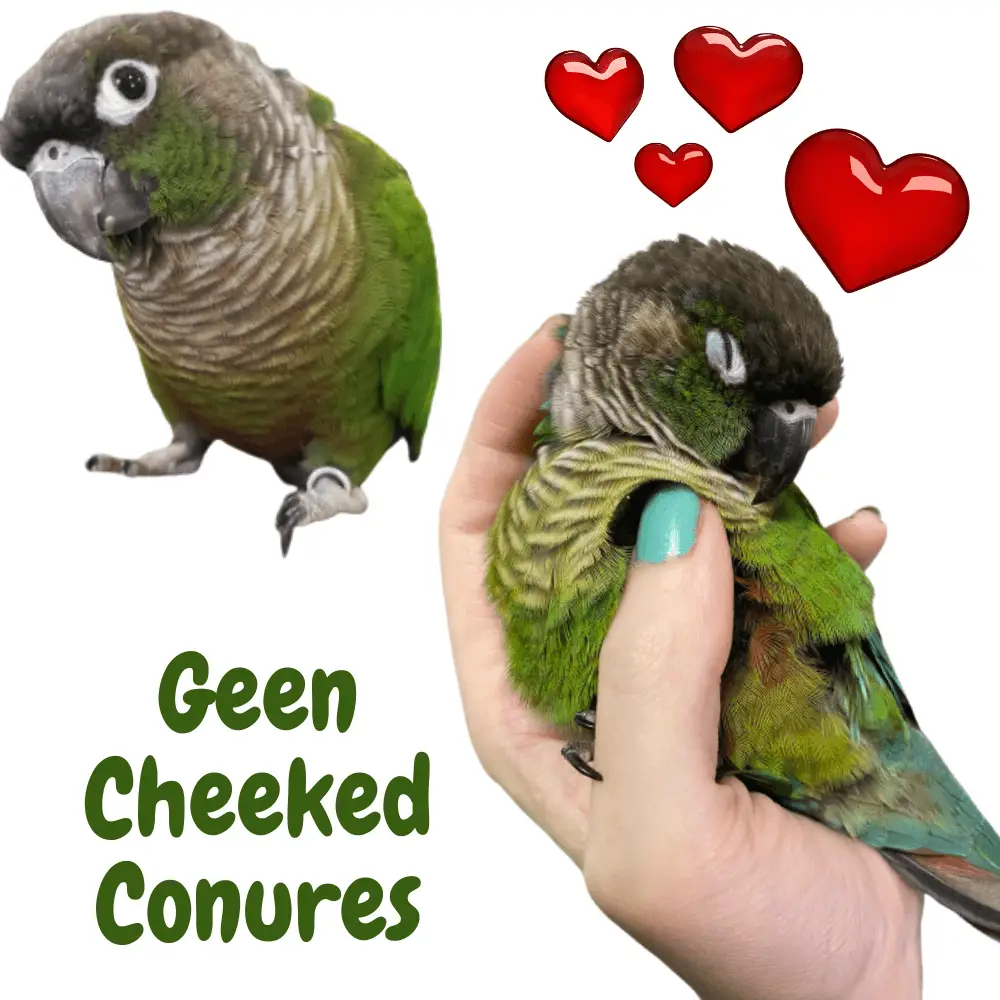
The Green cheeked conures Parakeet is a species of parrot in the Psittacidae family.
Sun conure
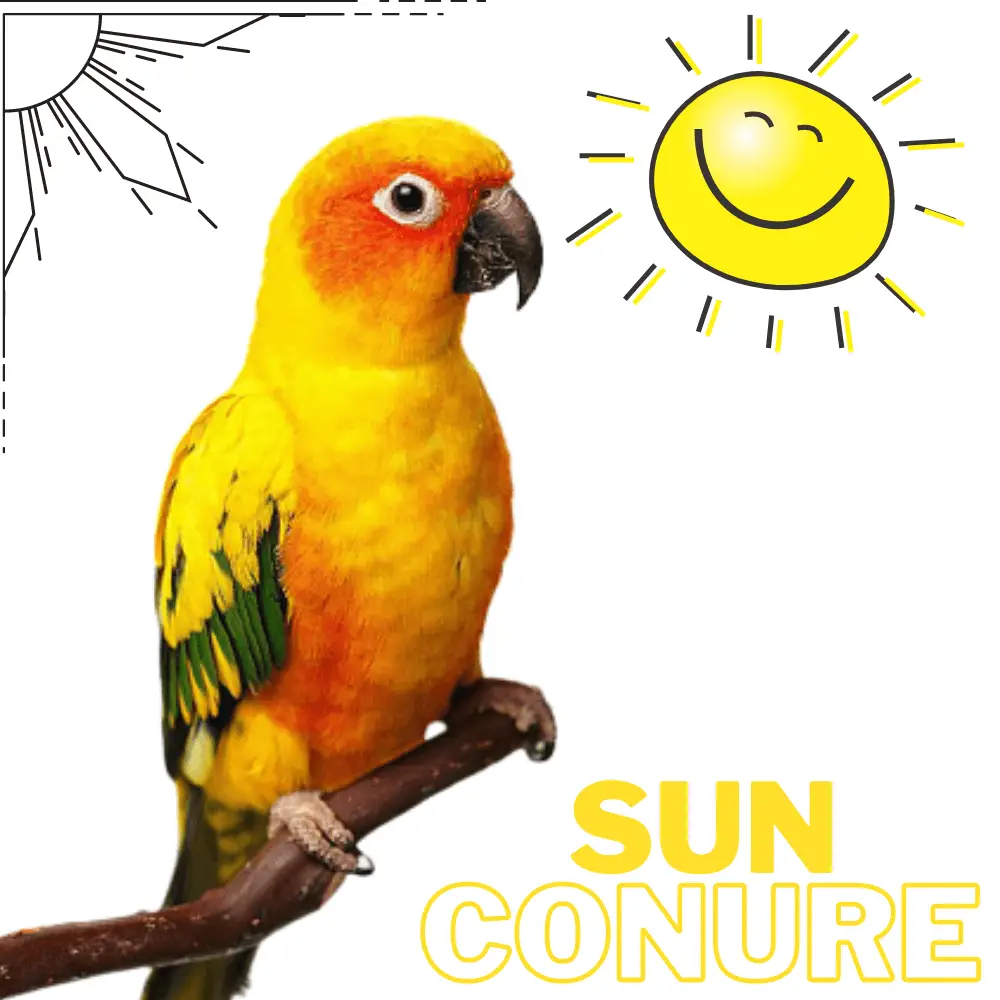
Jenday Conure
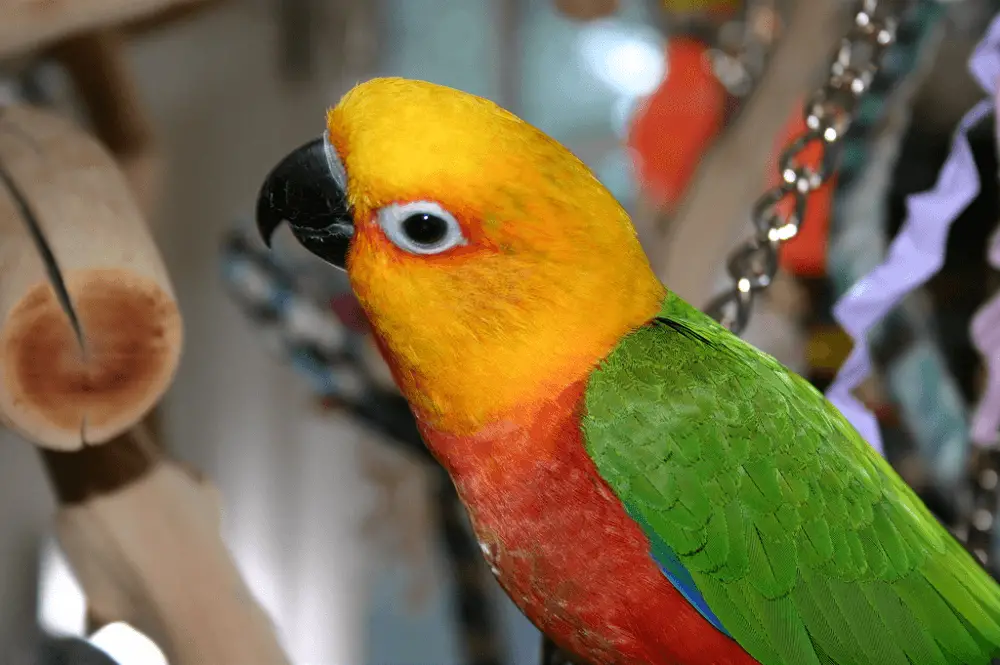
Blue-crowned conure
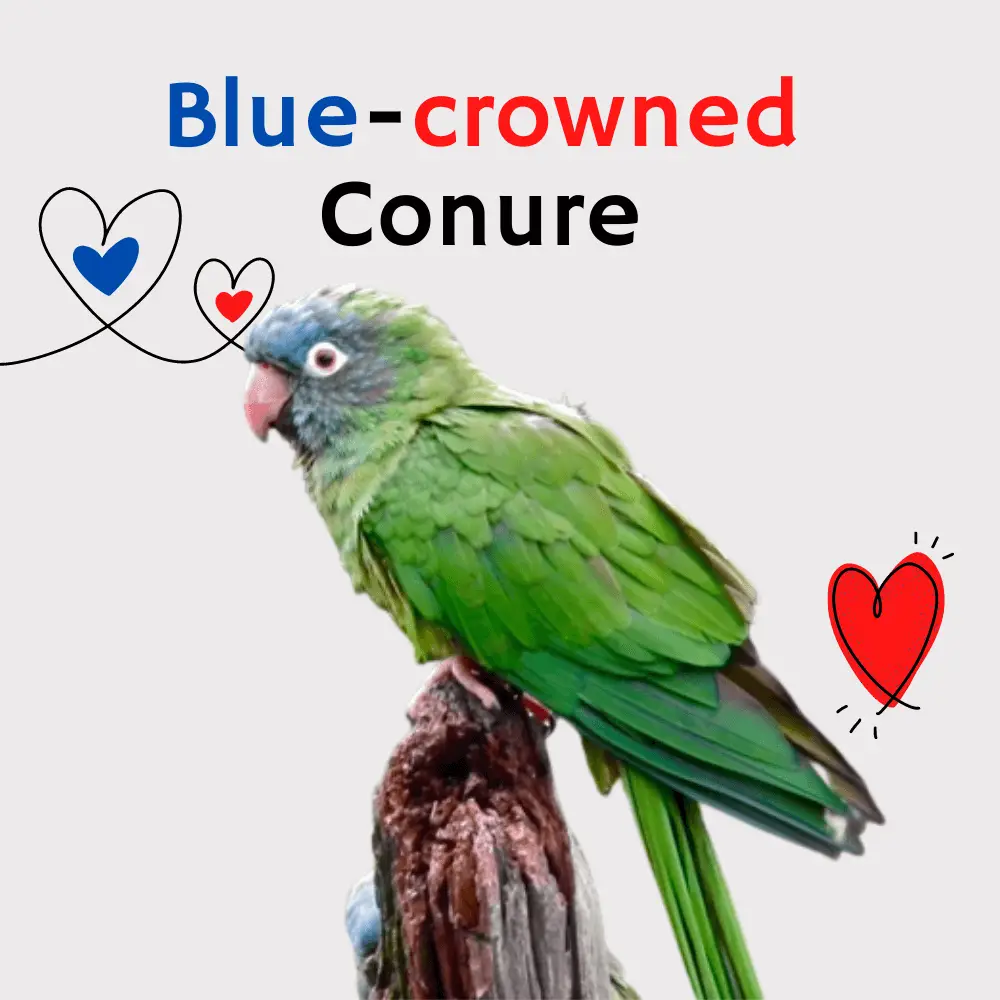
Golden conure
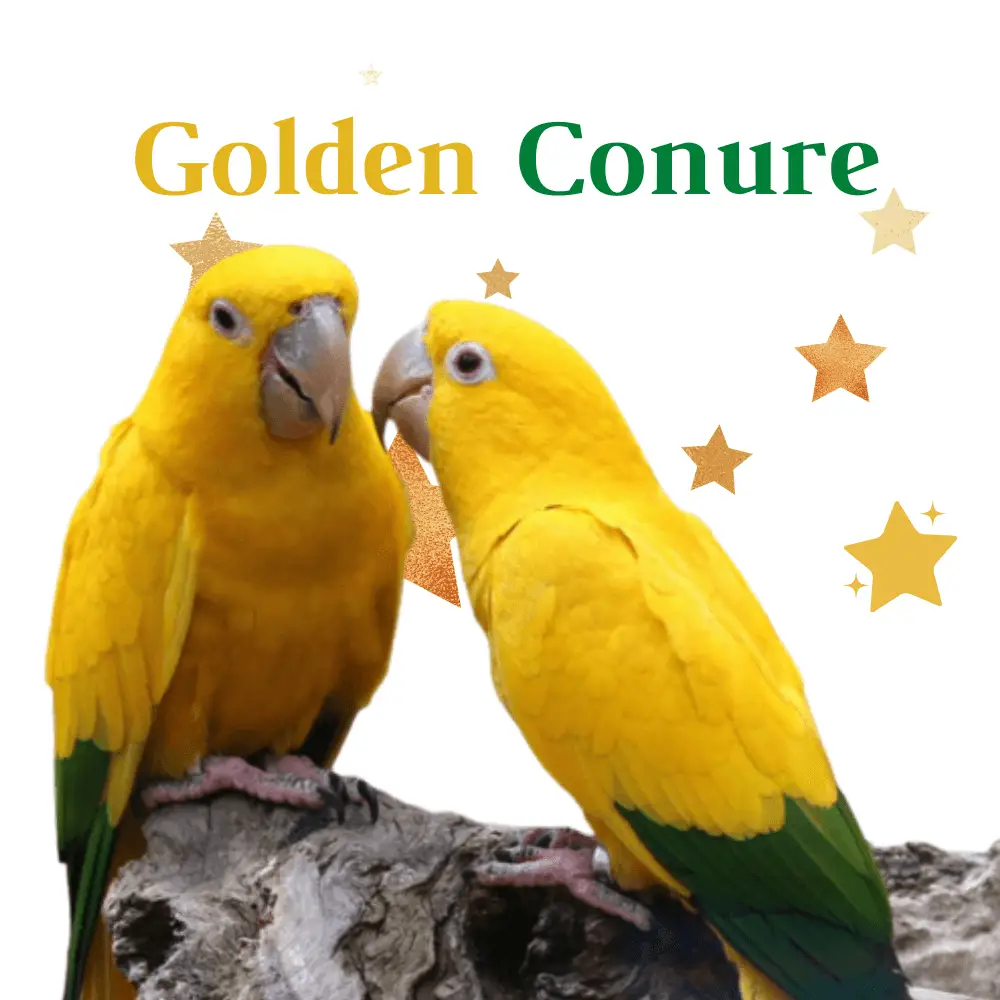
Pineapple green cheek conure
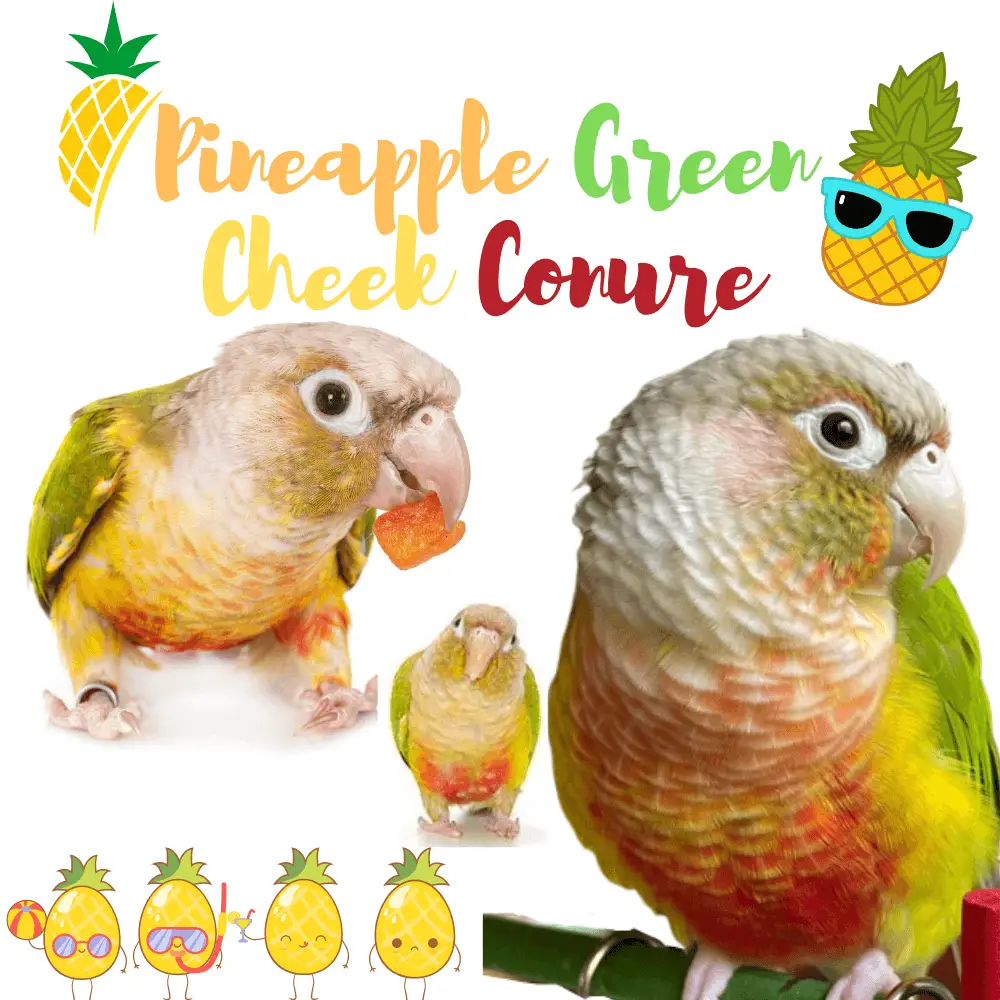
The Pineapple Conure parrot is a beautiful mutation and variation of the Green cheeked Conure which was born from a mutation of the Yellow-sided and Cinnamon Conure.
Turquoise green cheek conure
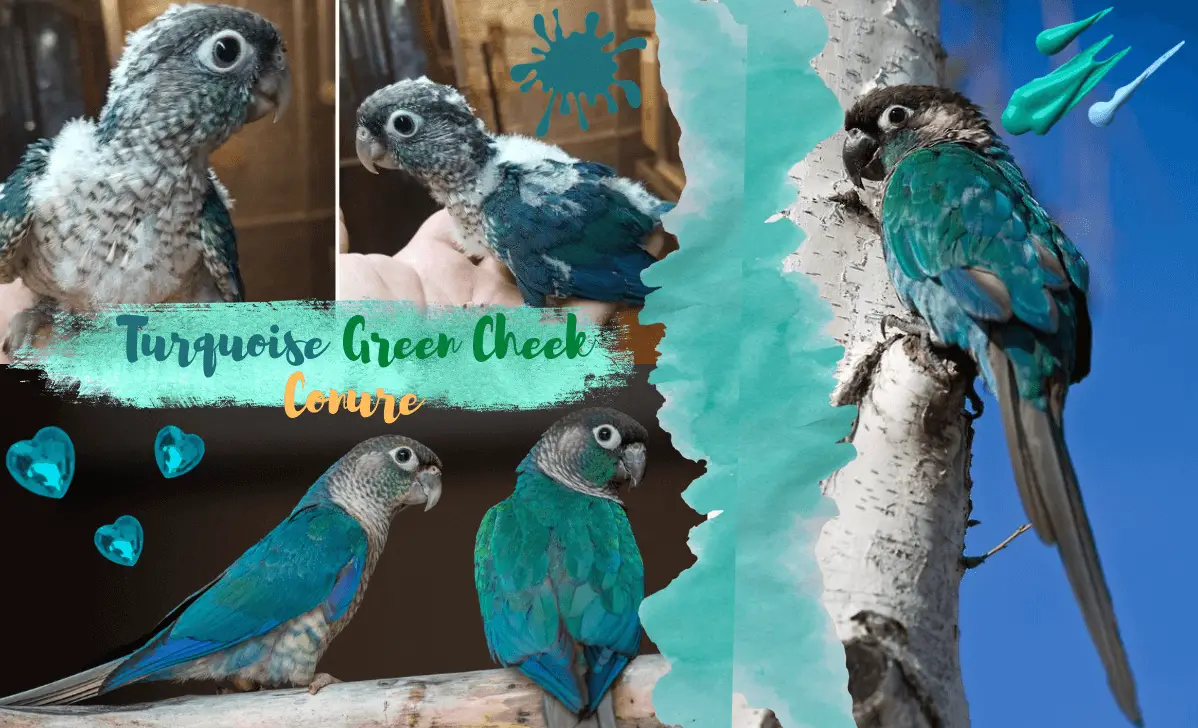
The turquoise conure mutation is characterized by a mutation of the feather which becomes turquoise (green with blue reflections) on almost the entire body.
Aratinga conure
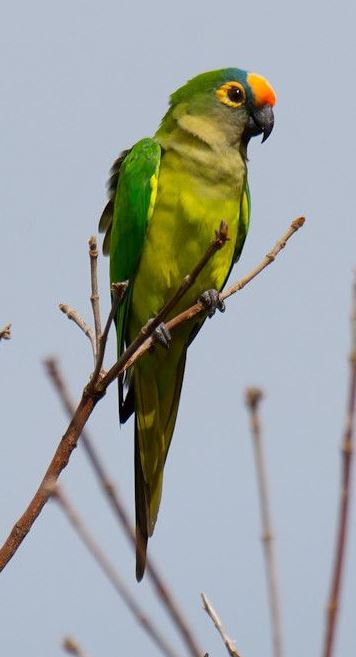
Aratinga conure is found in Brazil, and Paraguay in southeastern Bolivia as well as northern and northeastern Argentina. It is a typical bird of the Pantanal and related humid regions.
Family: Psittacidae
Genus: Aratinga
Size: 25 to 30 cm,
Longevity: About 30 years.
Distribution: Northeastern Brazil
Nanday conure
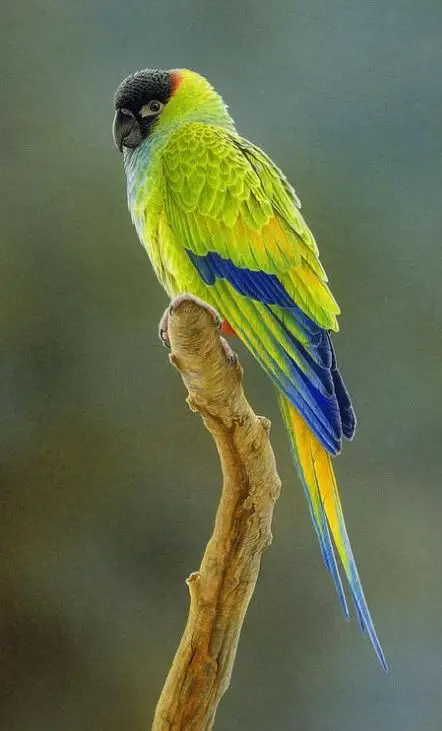
Order: Psittaciformes
Family: Psittacidae
Genus: Aratinga
Size: About 28 cm for a mass of 96 to 129 g.
Longevity
Weddell’s conure
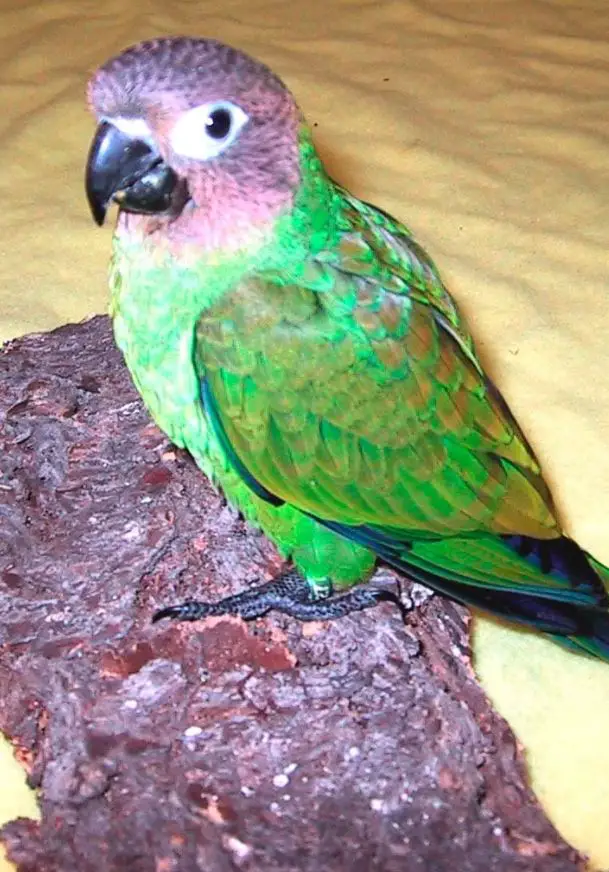
Order: Psittaciformes
Family: Psittacidae
Genus: Aratinga
Size: About 26 cm for a mass of 82 to 110 g.
Distribution: Weddell’s Conure inhabits southeastern Colombia, eastern Ecuador, northern and eastern Peru, northeastern Bolivia, and northwestern Brazil (Mato Grosso).
White-necked conure
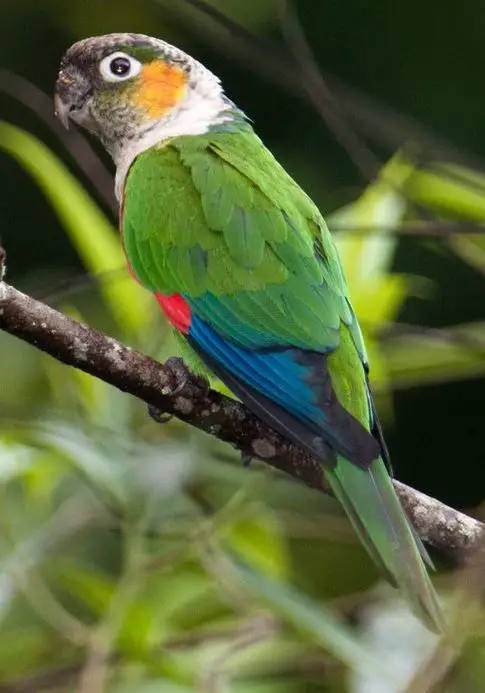
Scientific name: Pyrrhura albipectus
Order: Psittaciformes
Family: Psittacidae
Genus: Pyrrhura
Size: 24cm.
Distribution: This species inhabits primary forests between 1,400 and 1,800 m altitude. This bird lives in the southeast of Ecuador.
Brown-breasted conure
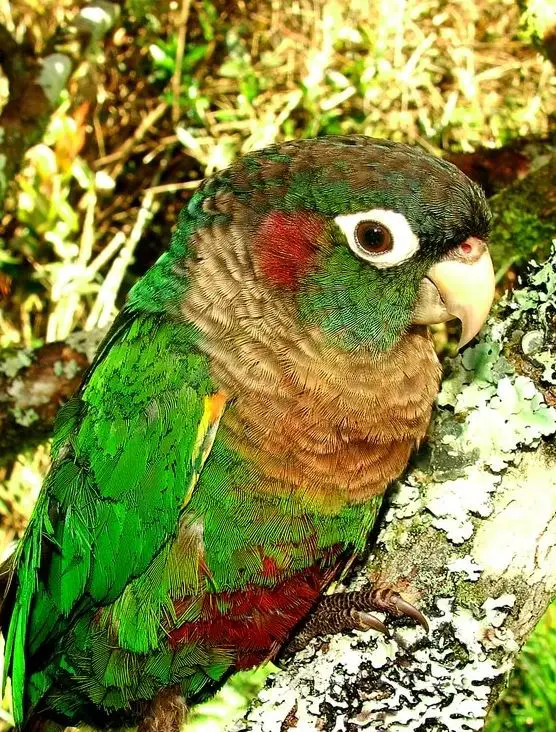
Scientific name: Pyrrhura calliptera
Order: Psittaciformes
Family: Psittacidae
Genus: Pyrrhura
Size: About 22cm.
Distribution: This species lives between 1,800 and 3,000 m altitude. This conure inhabits the Andes mountain range in Colombia.
Tiriba conure
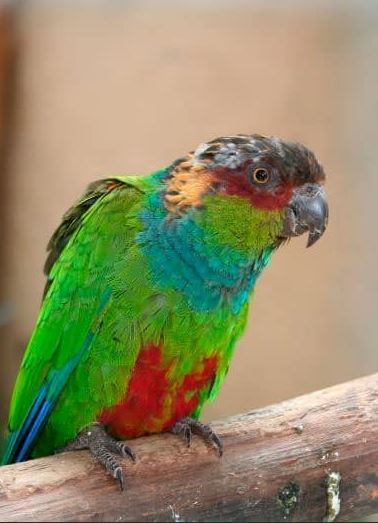
Scientific name: Pyrrhura cruentata
Order: Psittaciformes
Family: Psittacidae
Genus: Pyrrhura
Size: About 30 cm for a mass of 90 to 100 g. It is therefore the largest and heaviest species of the genus.
Deville conure
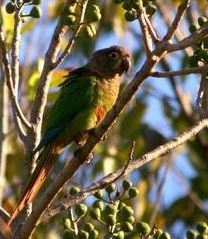
Scientific name: Pyrrhura devillei
Order: Psittaciformes
Family: Psittacidae
Genus: Pyrrhura
Size: About 24 to 26 cm with a mass of about 70 g.
Distribution: This species lives in a restricted area bounded by eastern Bolivia, northern Paraguay, and southwestern Brazil (Mato Grosso region).
Fiery shouldered conure
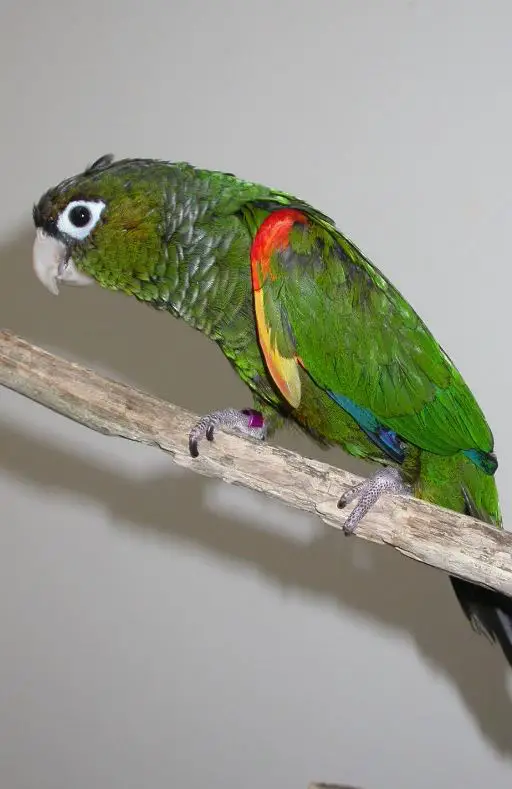
Scientific name: Pyrrhura egregia
Order: Psittaciformes
Family: Psittacidae
Genus: Pyrrhura
Size: About 25 cm and weighs 75 grams.
Distribution: This bird inhabits mountain forests between 700 and 1800 m altitude. This bird lives in southeast Venezuela, west of Guyana, and northeast of Brazil.
Maroon bellied conure
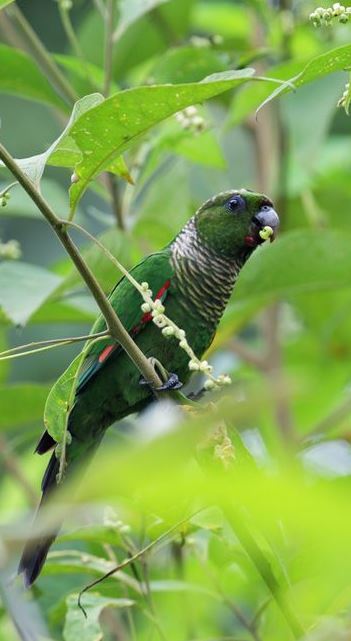
Scientific name: Pyrrhura frontalis
Order: Psittaciformes
Family: Psittacidae
Genus: Pyrrhura
Size: About 26cm.
Longevity:
Distribution: It is native to South America in southeastern Brazil, southeastern Bahia east to Minas Gerais, and Espirito Santo to Rio de Janeiro and has been introduced to the United States and Canada.
Blood eared conure
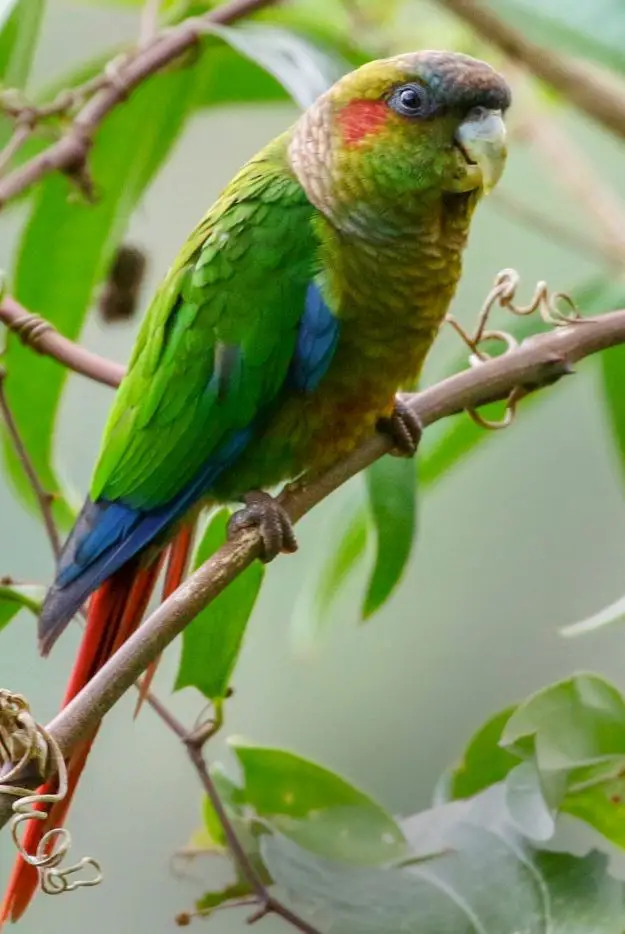
Scientific name: Pyrrhura hoematotis
Order: Psittaciformes
Family: Psittacidae
Genus: Pyrrhura
Size: About 25cm.
Longevity:
Distribution: This species lives between 1,000 and 2,000 m altitude. This bird is located in northern Venezuela.
Hoffmann’s conure
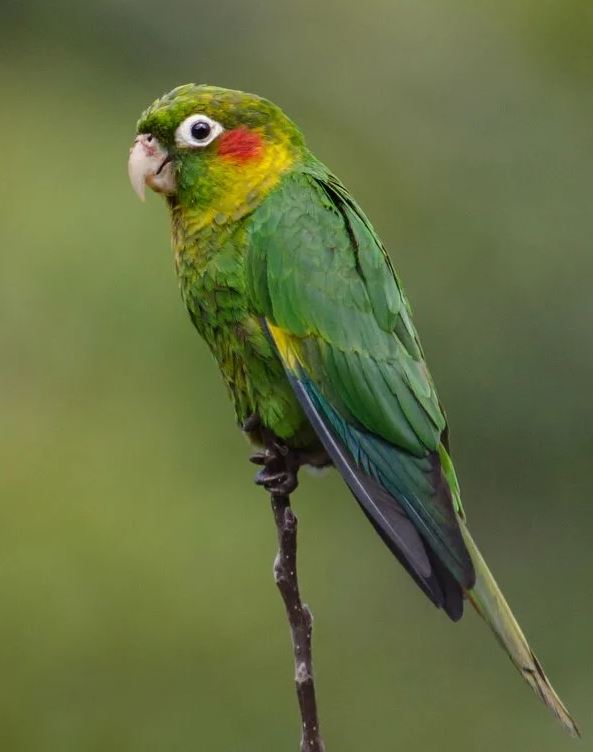
Scientific name: Pyrrhura hoffmanni
Order: Psittaciformes
Family: Psittacidae
Genus: Pyrrhura
Size: About 24cm.
Longevity:
Distribution: Hoffmann’s conure is a species of conure, parakeet endemic to southern Costa Rica and western Panama.
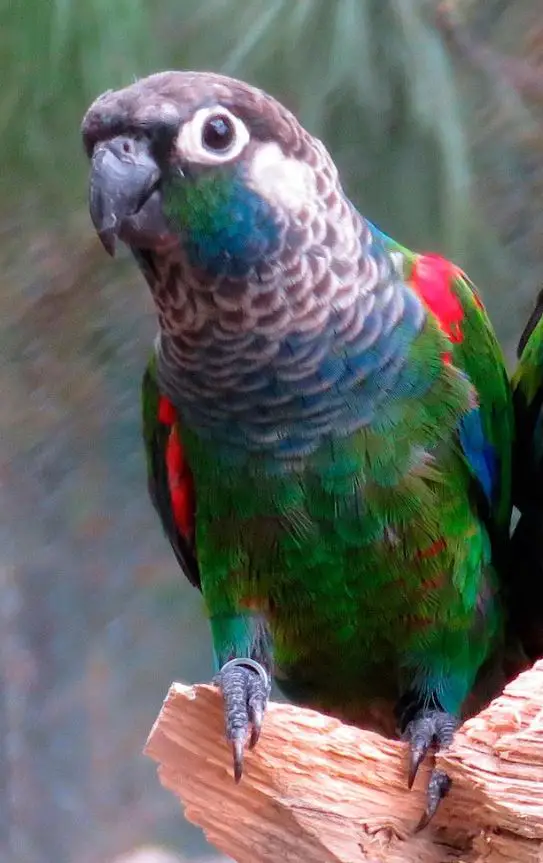
Pearly conure
Scientific name: Pyrrhura lepida
Order: Psittaciformes
Family: Psittacidae
Genus: Pyrrhura
Cast: Brazil
Subspecies: Pyrrhura lepida lepida, Pyrrhura lepida anerythra, Pyrrhura lepida coerulescens, Pyrrhura lepida ssp. Nov.
Maroon faced conure
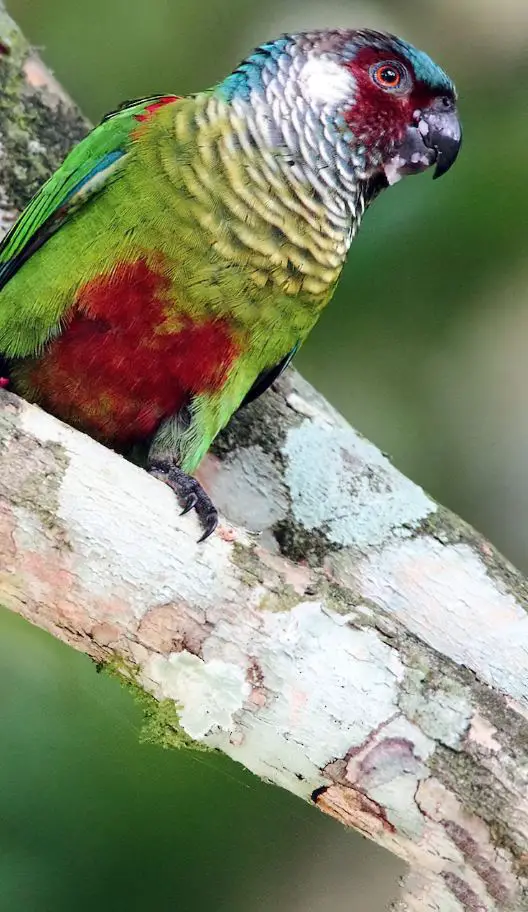
Scientific name: Pyrrhura leucotis
Order: Psittaciformes
Family: Psittacidae
Genus: Pyrrhura
Size: About 22cm.
Longevity:
Distribution: Its range is particularly fragmented, one population in northern Venezuela, another in the Brazilian state of Ceára.
Maroon tailed conure
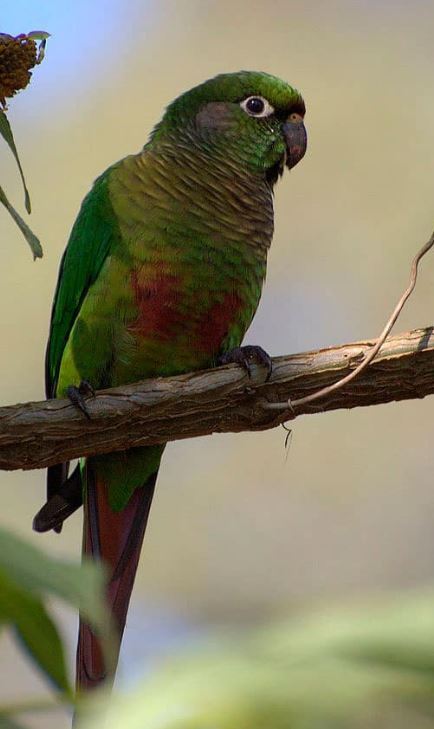
Scientific name: Pyrrhura melanura
Order: Psittaciformes
Family: Psittacidae
Genus: Pyrrhura
Size: About 24cm.
Longevity:
Distribution: Confined to northeast Peru, Brazil in the northwest section of the Amazonas state, from the upper Orinoco River east to the Rio Negro. This area extends from the extreme east and south of Colombia to Venezuela in the provinces of Amazonas and Bolivar.
EL oro conure
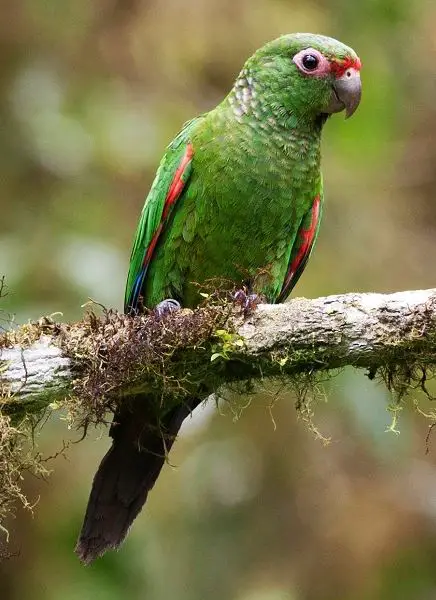
Scientific name: Pyrrhura orcesi
Order: Psittaciformes
Family: Psittacidae
Genus: Pyrrhura
Size: About 22cm.
Longevity:
Distribution: This species is endemic to the province of El Oro in Ecuador where its population is extremely small (20 to 60 individuals).
Crimson bellied conure
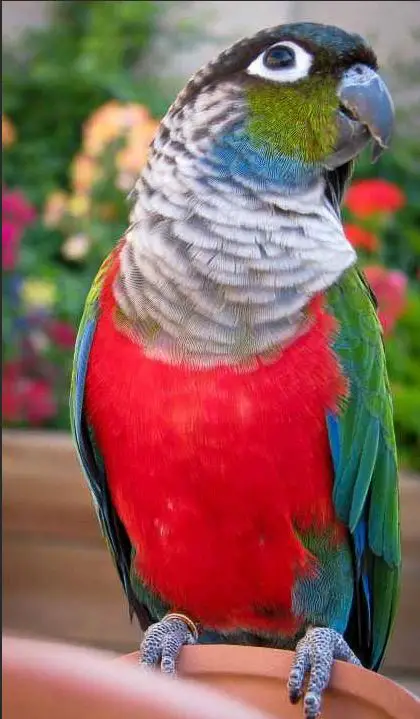
Scientific name: Pyrrhura perlata
Order: Psittaciformes
Family: Psittacidae
Genus: Pyrrhura
Size: About 24cm.
Longevity:
Distribution: This bird originally lives in very dense, often humid primary forests. However, it has adapted to certain deforested environments.
Painted conure
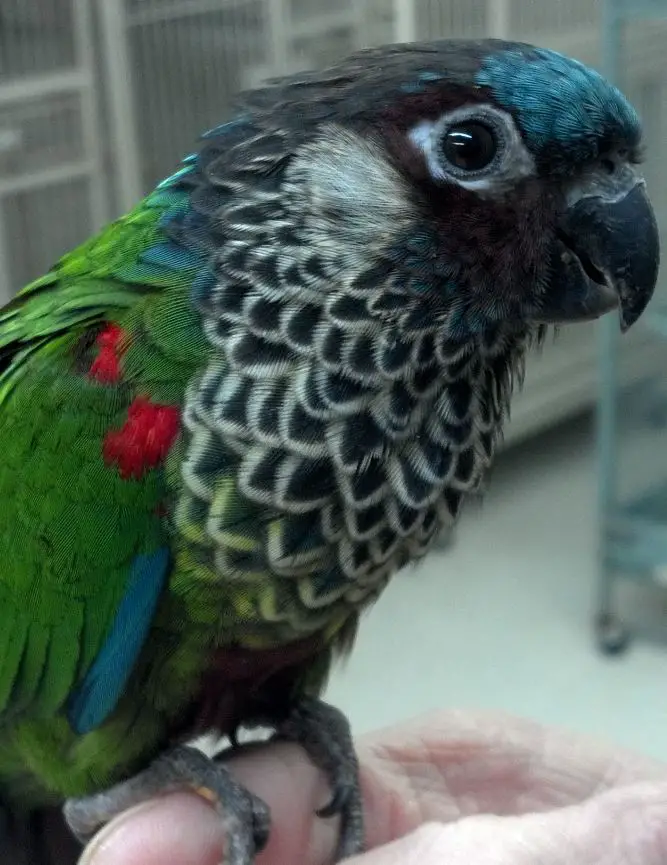
Scientific name: Pyrrhura picta
Order: Psittaciformes
Family: Psittacidae
Genus: Pyrrhura
Size: About 22cm.
Longevity:
Distribution: Southern Venezuela, northeastern Brazil, and eastern Guyana.
Rose crowned conure
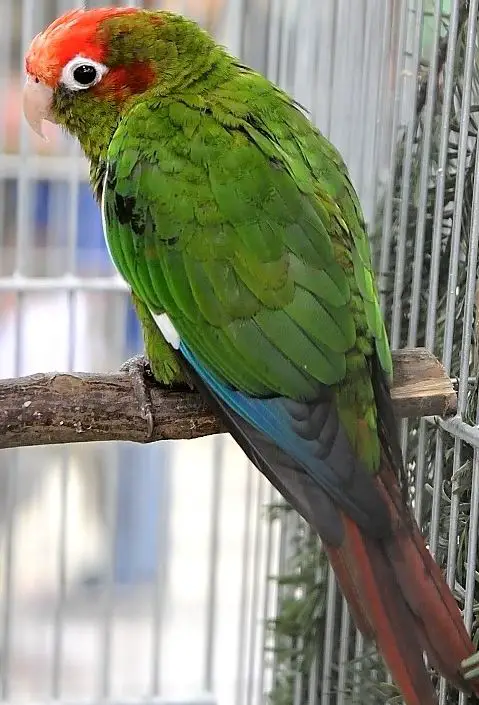
Scientific name: Pyrrhura rhodocephala
Order: Psittaciformes
Family: Psittacidae
Genus: Pyrrhura
Size: About 24cm.
Distribution: This species lives between 1,500 and 2,000 m altitude. This conure inhabits northwestern Venezuela.
Black-capped conure
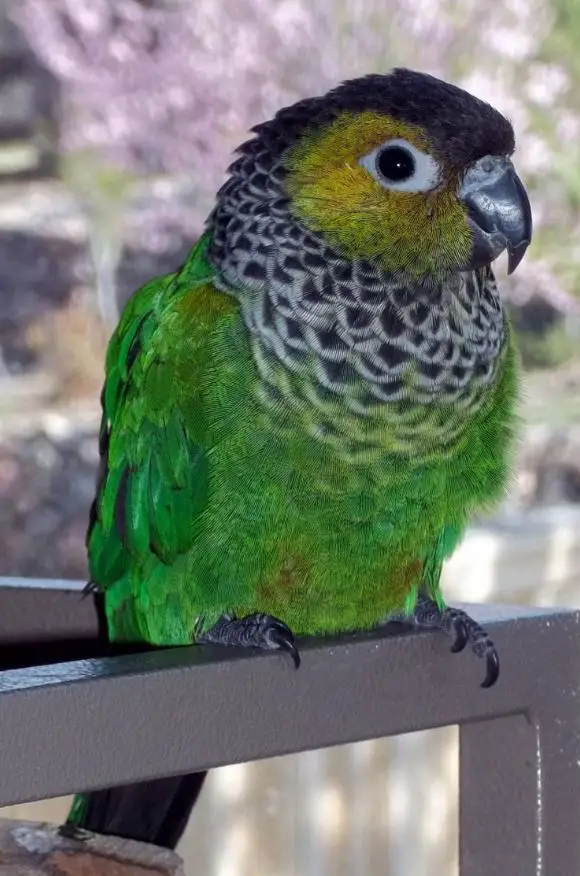
Scientific name: Pyrrhura rupicola
Order: Psittaciformes
Family: Psittacidae
Genus: Pyrrhura
Size: About 25cm.
Longevity:
Distribution: This bird inhabits the Amazon basin.
Santa marta conure
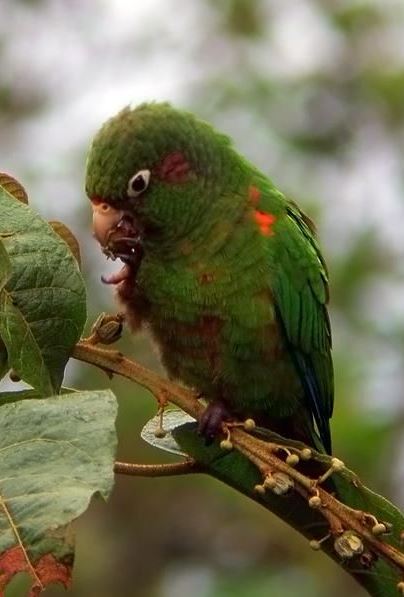
Scientific Name: Pyrrhura viridicata
Order: Psittaciformes
Family: Psittacidae
Genus: Pyrrhura
Size: About 25cm.
Distribution: This bird inhabits primary forests between 1,800 and 2,800 m altitude. This species was widespread in a very restricted area in the Sierra Nevada de Santa Marta in Colombia.
Brown-throated conure

Scientific name: Eupsittula pertinax
Order: Psittaciformes
Family: Psittacidae
Genus: Eupsittula
Size: About 25cm.
Longevity:
Distribution: Curacao and Saint Thomas.
Description: The Copper Parakeet’s head and chest are heavily tinged with orange-yellow. The rest of the body has a green cast.
Olive throated conure
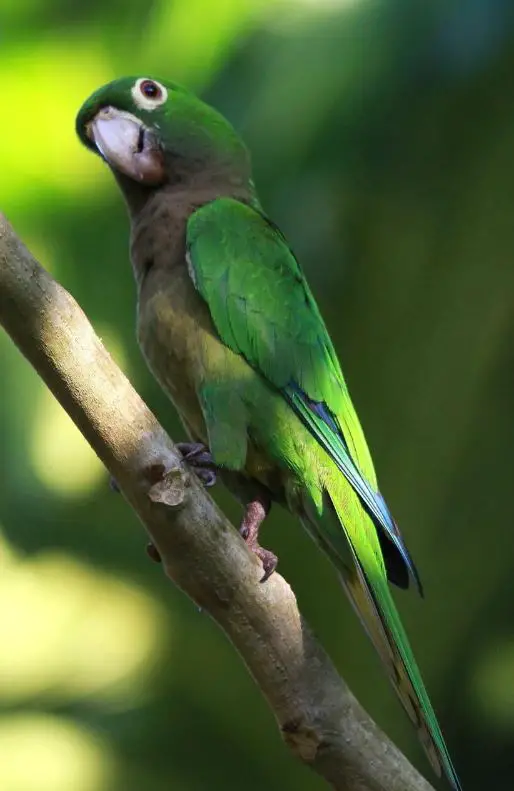
Scientific name: Eupsittula nana
Order: Psittaciformes
Family: Psittacidae
Genus: Eupsittula
Size: 26cm.
Longevity:
Cast: Jamaica
Subspecies: Eupsittula astec astec, Eupsittula astec million, Eupsittula astec vicinalis The subspecies, Eupsittula astec astec
Mitred conure
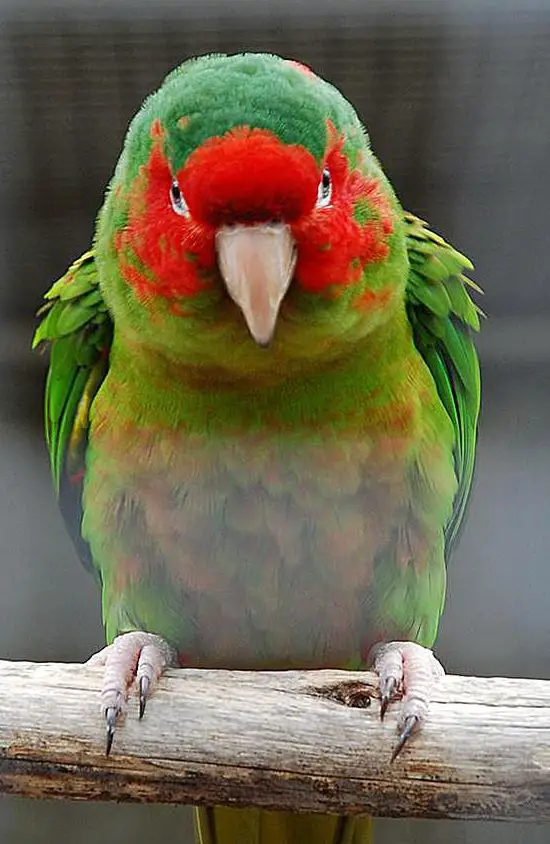
Scientific name: Psittacara mitratus
Order: Psittaciformes
Family: Psittacidae
Genre: Psittacara
Size: 38cm.
Longevity:
Distribution: Peru, Bolivia, and Argentina.
Description: This species belongs to the group of red-fronted green conures along with Finsch’s Parakeet, Red-headed Parakeet, and Wagler’s Parakeet. Its green body is dotted with red feathers. He also has red on his forehead, cheeks, and lores.
White-eyed conure
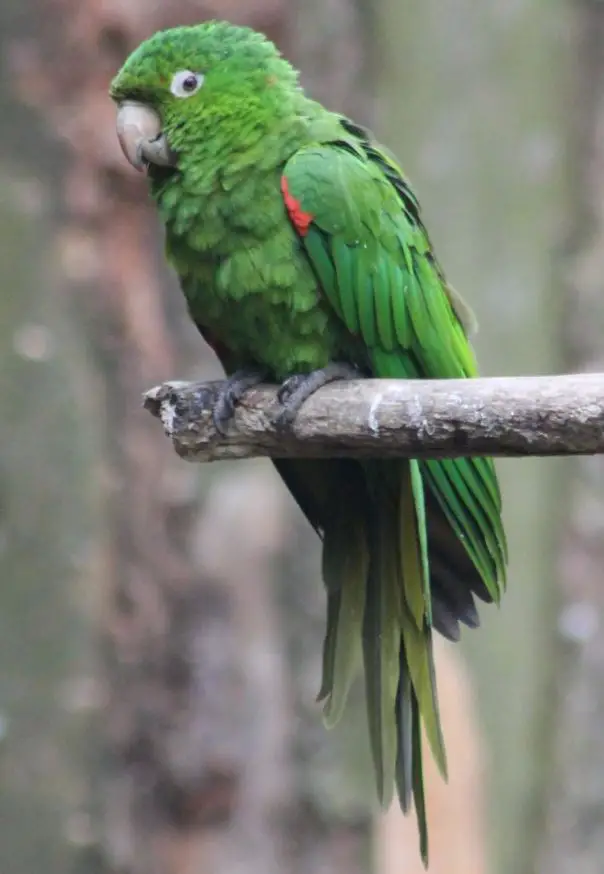
Scientific name: Psittacara leucophthalmus
Order: Psittaciformes
Family: Psittacidae
Genre: Psittacara
Size: 32cm.
Longevity:
Distribution: Colombia, Venezuela, Brazil, Bolivia, Argentina, Paraguay, and Uruguay
Subspecies: Leucophthalma, Nicefori, Callogenys.
Pacific conure
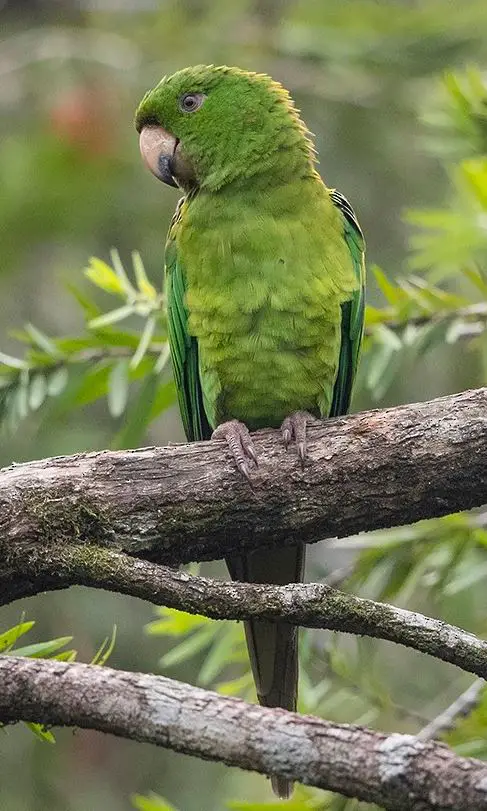
Scientific name: Psittacara strenuous
Order: Psittaciformes
Family: Psittacidae
Genre: Psittacara
Longevity:
Distribution: Found in open woods, pine forests, arid scrub, and cultivated areas on the Pacific coast of central Central America from Oaxaca and Chiapas, Mexico, and southwestern Nicaragua.
Socorro conure
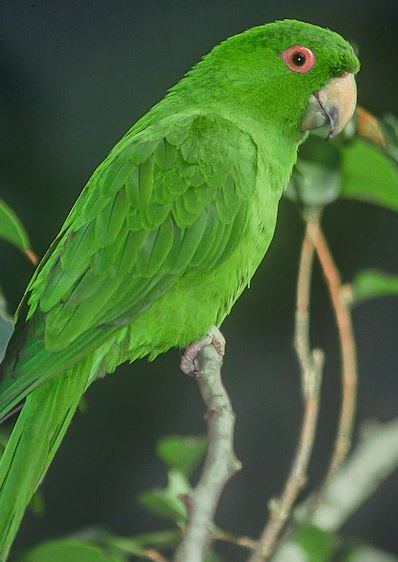
scientific name: Psittacara brevipes
Order: Psittaciformes
Family: Psittacidae
Genre: Psittacara
Size: 34cm
Longevity: 22 years
Distribution: Socorro Island.
Description: With its green plumage, this bird closely resembles the Green Parakeet, of which it was long considered a mere subspecies.
Red-throated conure
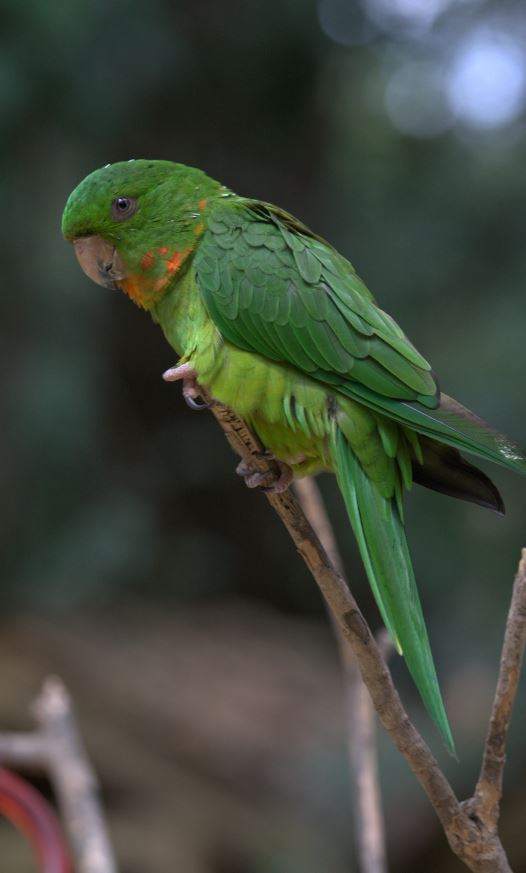
Scientific name: Psittacara rubritorquis
Order: Psittaciformes
Family: Psittacidae
Genre: Psittacara
Longevity: 23 years
Distribution: The range spans Guatemala, El Salvador, Honduras, and Nicaragua.
Description: This bird has green plumage with a red mark, streaked with yellow, on the throat and chest.
Green conure
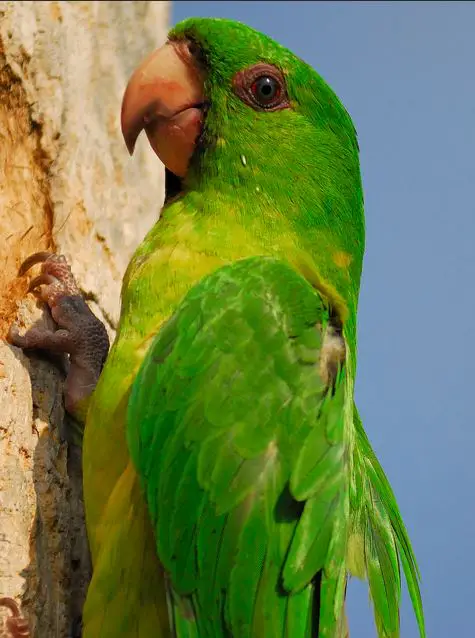
Scientific name: Psittacara holochlorus
Order: Psittaciformes
Family: Psittacidae
Genre: Psittacara
Size: About 32cm.
Longevity: 20 to 30 years
Distribution: The range extends into Mexico, Guatemala, Honduras, El Salvador, and Nicaragua.
Finsch’s conure
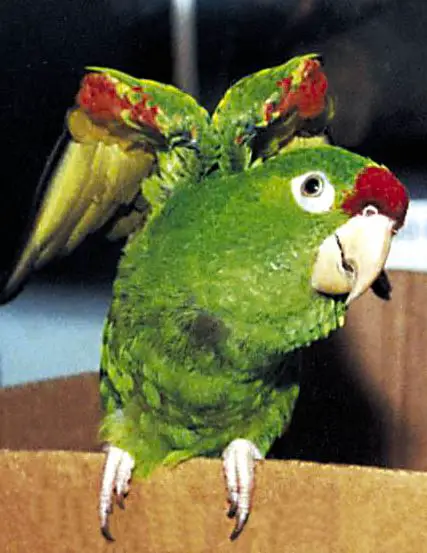
Scientific name: Psittacara finschi
Order: Psittaciformes
Family: Psittacidae
Genre: Psittacara
Size: About 28cm.
Longevity: 15 – 20 years
Distribution: Finsch’s Parakeet is a bird found in Central America from Costa Rica, Nicaragua, and Panama.
Red-headed conure
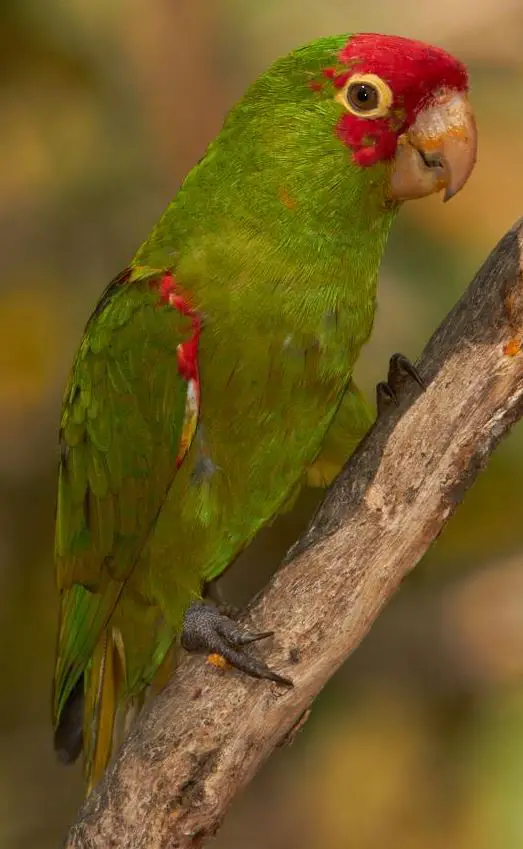
Scientific name: Psittacara erythrogenys
Order: Psittaciformes
Family: Psittacidae
Genre: Psittacara
Size: About 33cm.
Longevity: 40 years
Distribution: This bird lives in wooded savannah most often up to 1000 m altitude and very rarely up to 2500 m. This species inhabits a restricted area between southeastern Ecuador and northern Peru.
Cuban conure
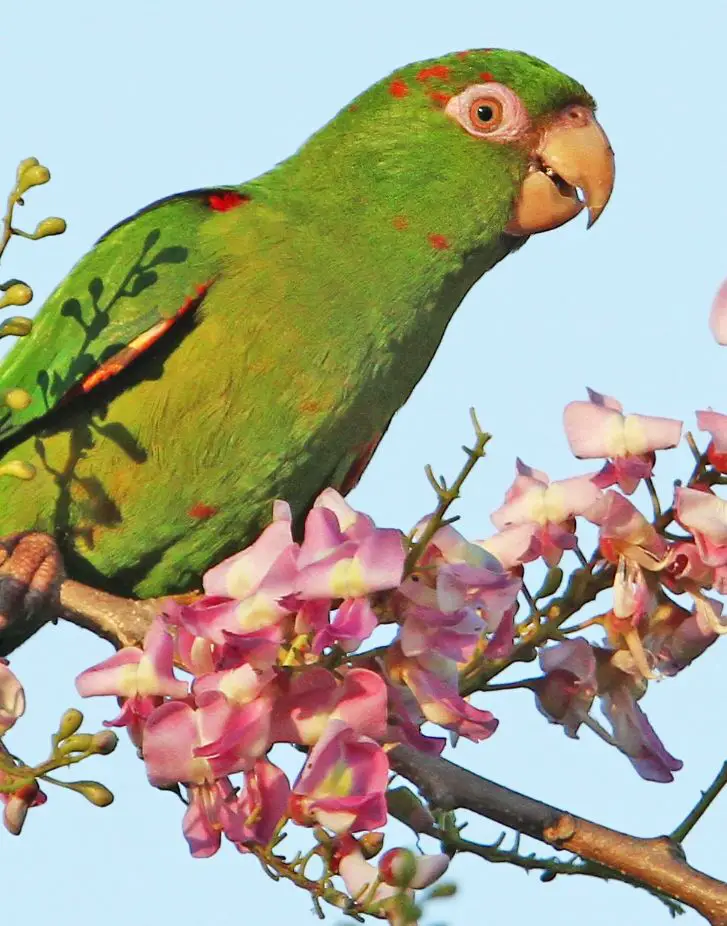
Scientific name: Psittacara euops
Order: Psittaciformes
Family: Psittacidae
Genre: Psittacara
Size: The male measures 28.5 centimeters and the female 27.5 centimeters.
Longevity: 50 – 60 years
Distribution: This species is endemic to Cuba.
Hispaniolan conure
Scientific name: Psittacara chloropterus
Order: Psittaciformes
Family: Psittacidae
Genre: Psittacara
Size: 30cm
Distribution: This bird lives mainly on the island of Haiti and the Dominican Republic.
Description: Mostly green, red wing curvature. Naked eye ring and buff color, Yellow eye.
Orange fronted conure
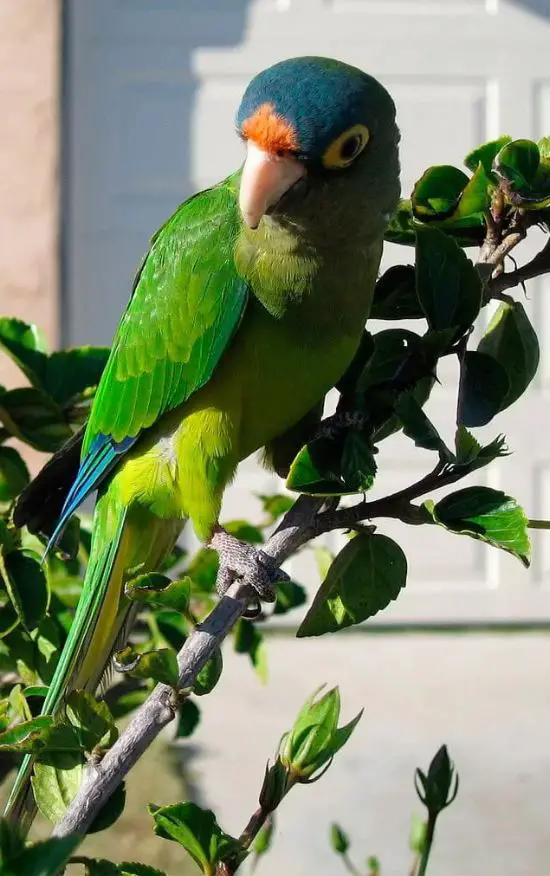
Scientific name: Eupsittula canicularis
Order: Psittaciformes
Family: Psittacidae
Genus: Eupsittula
Height: 24 cm
Longevity: 20 to 30 years
Distribution: This bird lives in Mexico and Costa Rica in wooded areas up to 1,500 m altitude.
Cactus conure
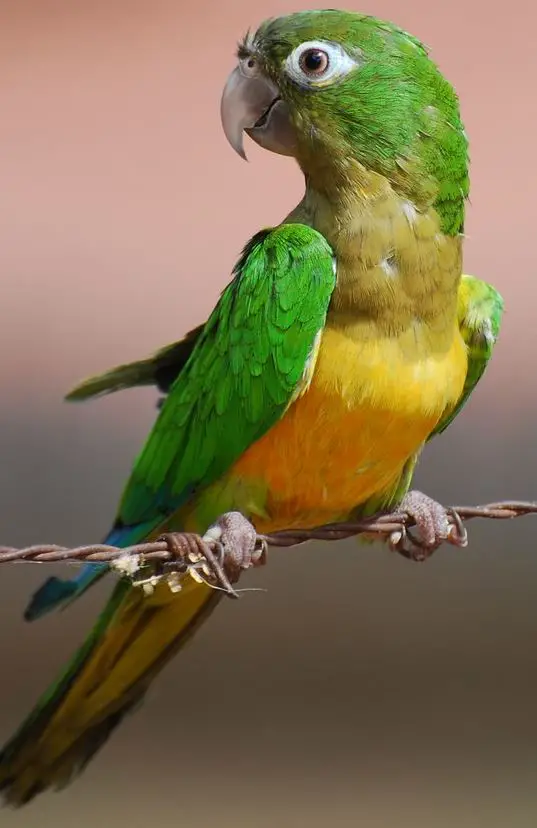
Scientific name: Eupsittula cactorum
Order: Psittaciformes
Family: Psittacidae
Genus: Eupsittula
Size: About 25cm.
Longevity: 15-30 years
Distribution: Northeastern Brazil
Subspecies: Caixana, Cactorum cactorum
Aratinga conure
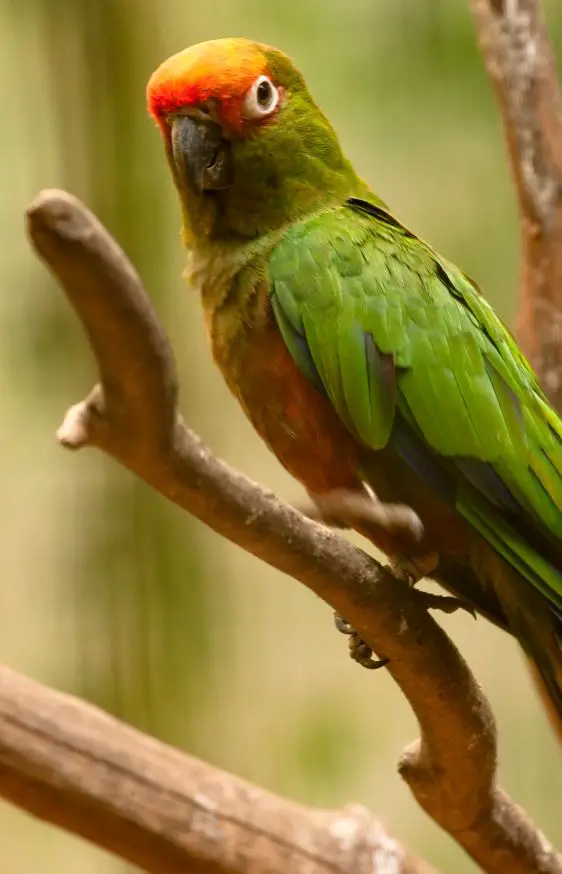
Scientific name: Eupsittula aurea
Order: Psittaciformes
Family: Psittacidae
Genus: Eupsittula
Size: About 26cm.
Longevity: 20–30 years
Distribution: This species frequents secondary forests bordering the Amazon River basin and the cerrado.
Sharp conure
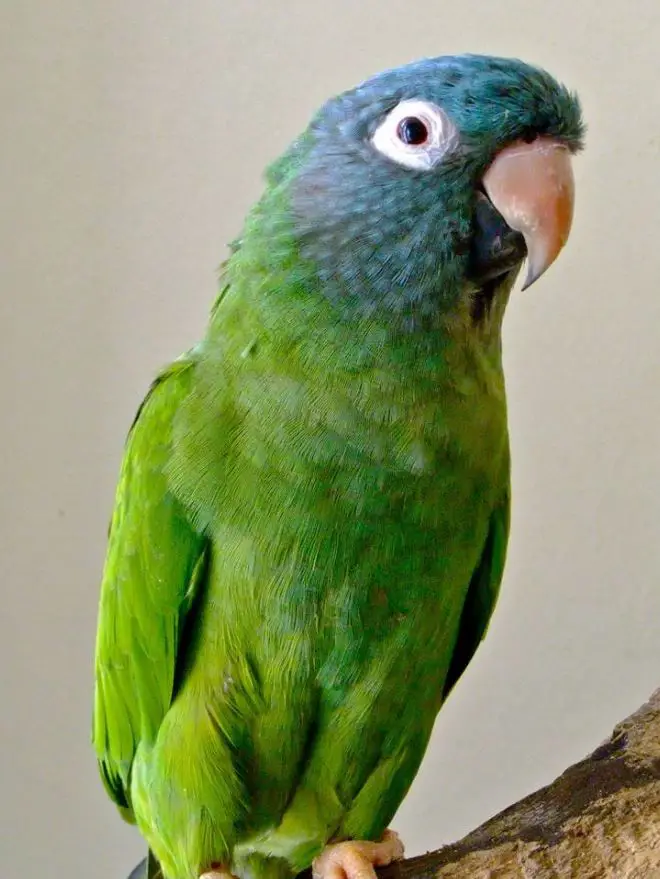
Scientific name: Psittacara acuticaudatus acuticaudatus
Order: Psittaciformes
Family: Psittacidae
Genre: Psittacara
Classification: Psittaciformes family of Psittacidae.
Height: About 38 cm
Longevity: 25 years
Distribution: Extreme southwestern part of Brazil, eastern Bolivia south to northern Argentina, and Uruguay.
Scarlet-fronted conure
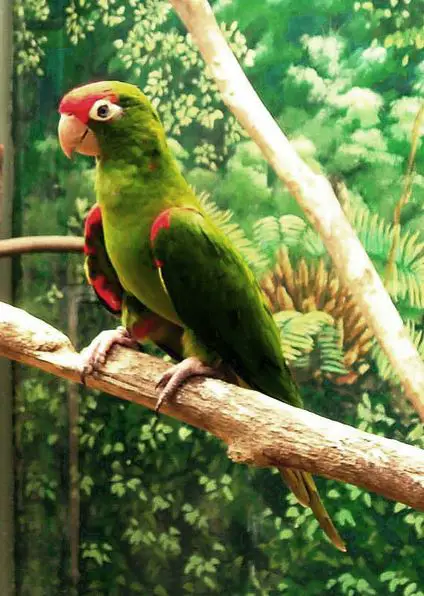
Scientific name: Psittacara wagleri
Order: Psittaciformes
Family: Psittacidae
Genre: Psittacara
Classification: Psittaciformes of the Neotropical Psittacidae family.
Height: About 36cm.
Longevity: 30 years
Distribution: This bird lives in forests up to 3000 m altitude. This species lives in the Andes between Venezuela and Peru.
Carolina conure
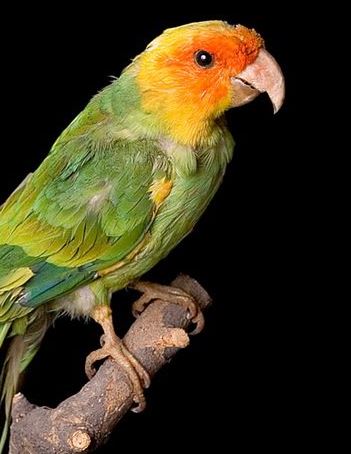
Scientific name: Conuropsis carolinensis
Order: Psittaciformes
Family: Psittacidae
Genus: Conuropsis
Size: 30 to 35 cm
Longevity: 10-30 years
Distribution: Western regions of the United States.
Description: A green plumage, brighter on the back and wings than under the belly. The anterior region of the head was orange. The wings bore yellow feathers on their undersides.
Patagonian conure
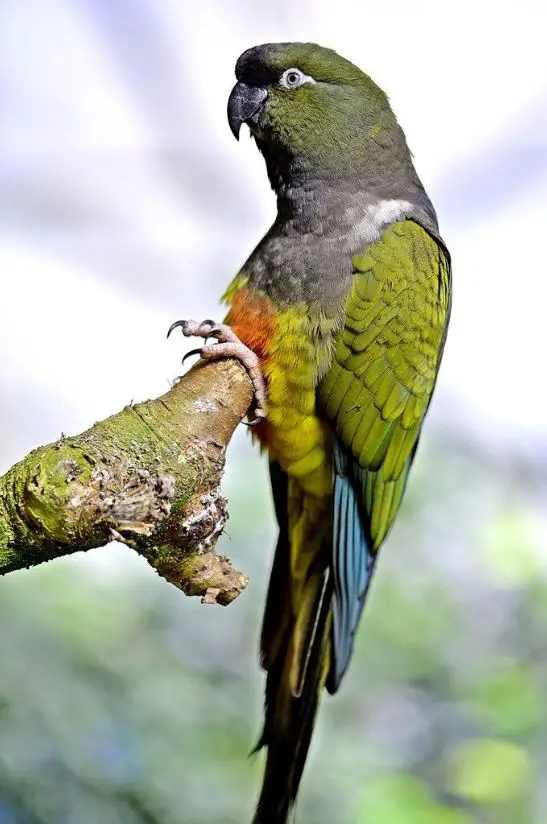
Scientific name: Cyanoliseus patagonus
Order: Psittaciformes
Family: Psittacidae
Genre: Cyanoliseus
Scientific name: Cyanoliseus Patagonus
Classification: Patagonian Parakeet is a species of bird in the Psittacidae family.
Height: 43 to 47 cm.
Longevity: 30 years
Distribution: It inhabits Argentina, Chile, and southern Uruguay. Originally, the species extended from the Atacama Desert to the city of Valdivia, almost in Patagonia.
Austral conure
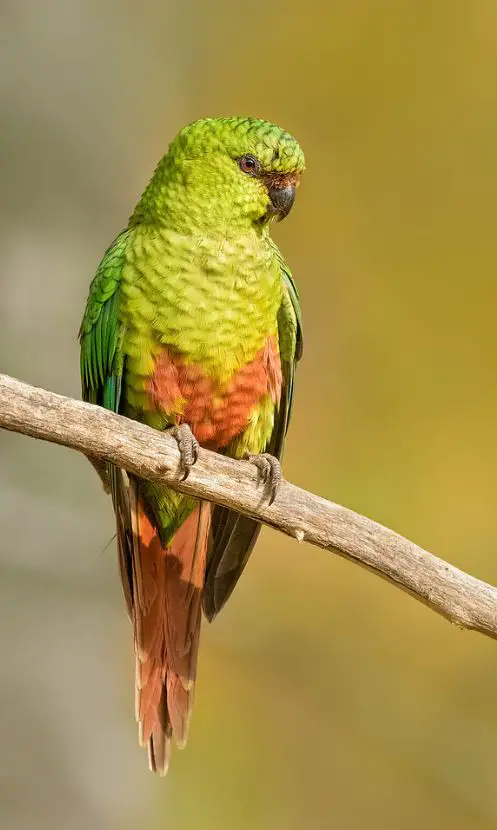
Scientific name: Enicognathus ferrugineus
Order: Psittaciformes
Family: Psittacidae
Genus: Enicognathus
Height: About 33cm.
Longevity: more than 30 years
Distribution: This conure lives in Chile and Argentina (as far as Tierra del Fuego).
Slender-billed conure
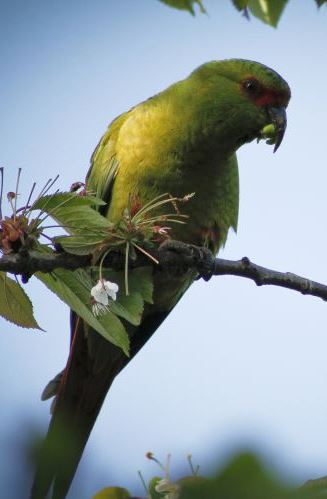
Scientific name: Enicognathus leptorhynchus
Order: Psittaciformes
Family: Psittacidae
Genus: Enicognathus
Size: About 40cm.
Longevity: 15 Years
Distribution: This species lives in mountain forests around 2,000 m or more. It only frequents open areas and fields in the spring when it descends to the plateaus. The Long-billed Parakeet is endemic to Chile.
Golden plumed conure
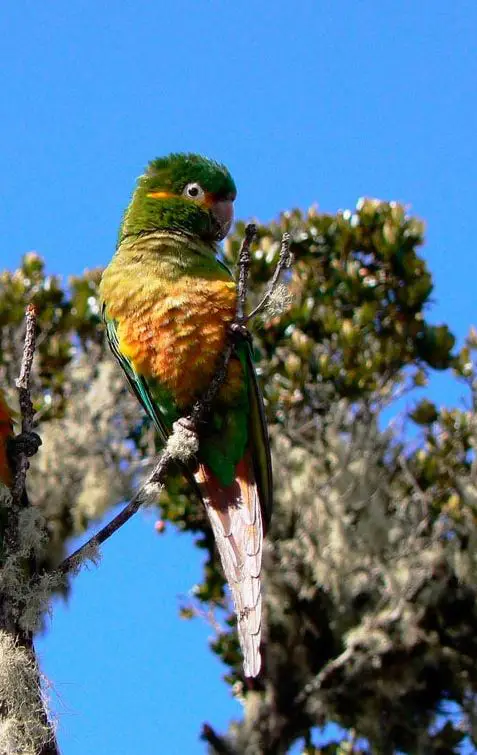
Scientific name: Leptosittaca branickii
Order: Psittaciformes
Family: Psittacidae
Genus: Leptosittaca
Height: About 35cm.
Longevity:25 Years
Distribution: The Golden-brushed Parakeet inhabits temperate forests between 1400 and 3400 m. This bird lives in the Andes between Colombia and Peru.
Yellow eared conure
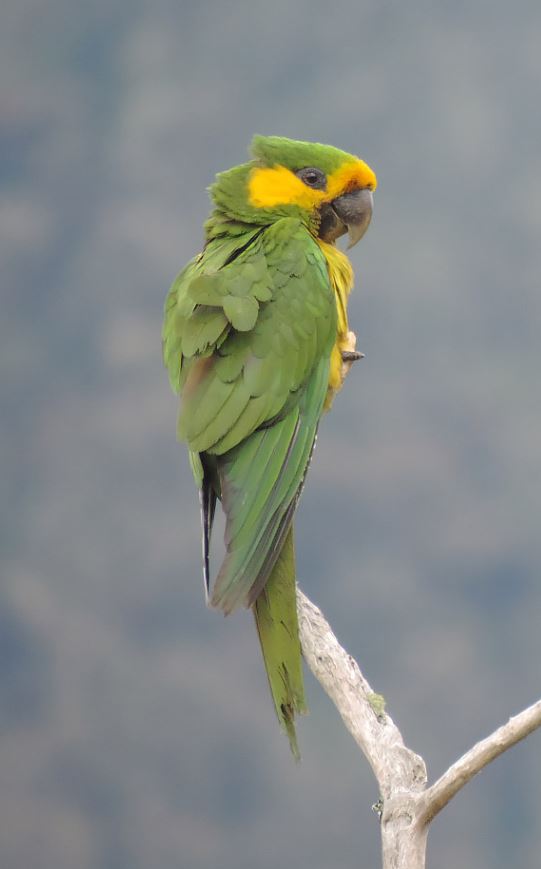
Scientific name: Ognorhynchus icterotis
Order: Psittaciformes
Family: Psittacidae
Genus: Ognorhynchus
Size: About 42cm.
Longevity: 20 years
Distribution: This species occupies temperate subtropical forests between 2,500 and 3,200 m altitude characterized by the presence of the Ceroxylon and column palm to which it is dependent.
Thick-billed conure
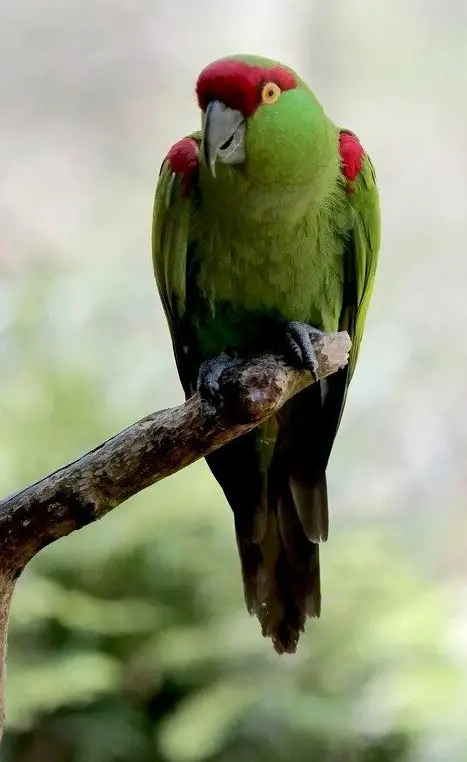
Scientific name: Rhynchopsitta pachyrhyncha
Order: Psittaciformes
Family: Psittacidae
Genre: Rhynchopsitta
Height: About 38cm.
Longevity:
Distribution: This bird lives in the western Sierra Madre in Mexico.
Conure behavior
Conure is affectionate little beings, who usually like to snuggle up in the palm of their hand or neck. They sneak up everywhere: in our sleeves, in our sweaters, under our covers, they like to feel our presence near them.
This personality trait makes them very endearing. They are loyal and devoted to their favorite humans. They are cuddly little birds who do not need to be asked for long to come and give kisses.
Conures are known to easily lie on their backs in their human hands. These are birds that will love to sleep in small tents designed specifically for this purpose.
Living with a small conure is a bit like living with a young child. Children can be curious, energetic, loud, and always where they don’t have to be doing what they shouldn’t be doing.
Conure Care
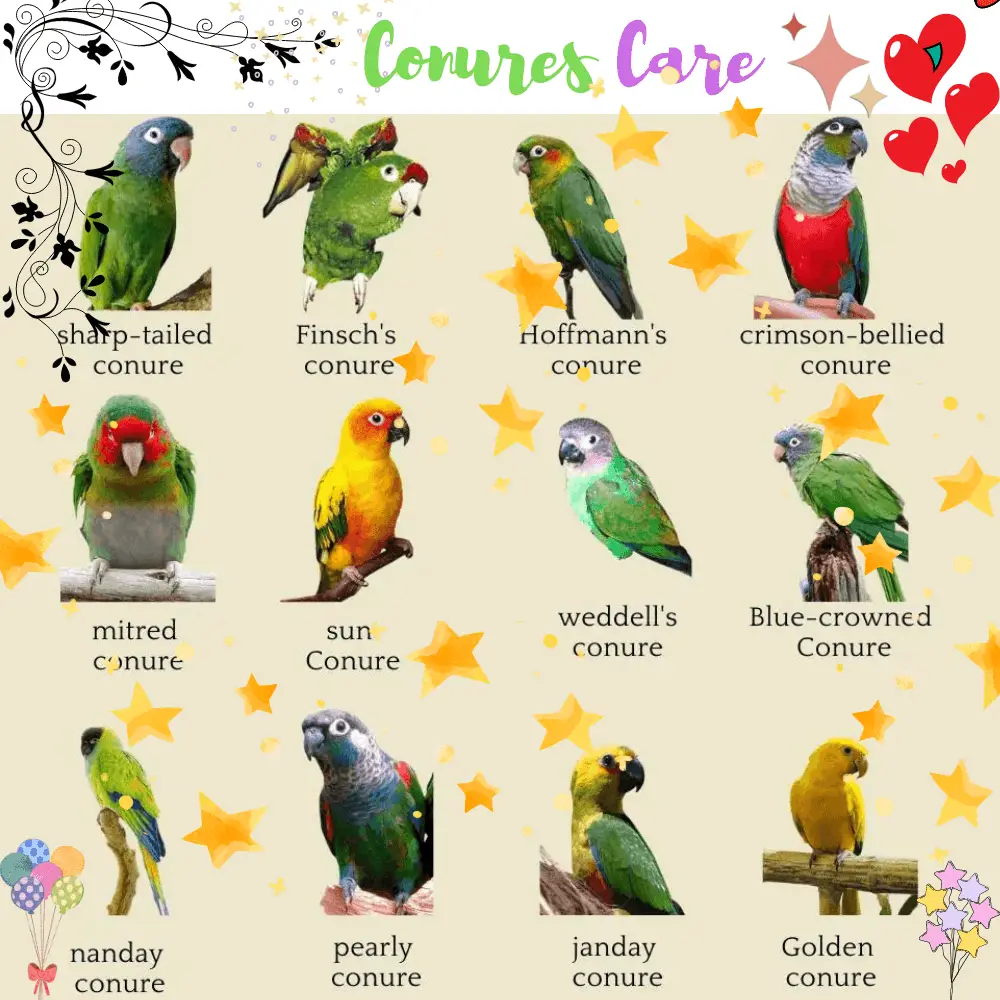
If you give them the chance, conures will act the same way. Of their curious nature, you should always watch them, and try to predict before them what they are going to intend to do. They have the unfortunate habit of wanting to explore things they shouldn’t go near. They are often too adventurous and it can be risky for them.
Conure care: Take the time to explore your home and identify what could be dangerous for a little beak eager to chew. Beware of electric wires, still hot stove rings, the toilet bowl, cleaning products not stored, cushions, blankets in which he could hide, poisonous plants, etc.
Energetic by nature, they have a great need to move. They are skilled climbers and avid chewers. A conure, despite its small size, needs a large cage to be able to expend its energy as it pleases.
He must also have plenty of toys nearby to shred, and a layout that allows him to quench his thirst for climbing. You also need to plan a lot of time out of its cage to allow it to stretch its wings. Without all of this, the conure will get bored and unwanted behaviors, such as screaming and biting, will appear.
The green-cheeked conure is a gregarious bird that needs to feel accepted by its group. He is a very interactive bird, he always wants to be a part of the action, no matter what activity is going on.
“Ah! Nice we cook! Ah! Nice we do the housework! Ah! Nice we play Monopoly!”
Anything, really anything can interest him! The more you include him in the daily activities of the house, the happier and more emotionally strong he will be.
Beneath its clownish appearance, the green-cheeked conure is a very intelligent bird that needs both physical and mental stimulation.
To keep him from getting bored, we need to constantly find activities that will stimulate him. Conures excel at games that involve emptying and refilling toy boxes. They can also learn a few tricks, such as saying “hello” and “goodbye” by raising their paw and imitating the snowblower by advancing quickly toward us with their beak glued to the table
At rest, the green-cheeked conure may look like a harmless little angel, but don’t be fooled! Once rested, you might be dealing with a bird stubborn and narrow-minded who thinks he can scare the Doberman from home.
In their minds, conures think of themselves as the most powerful parrots in the world, and I would even go so far as to say of the entire animal kingdom. We should find a way to remind them that on the scale they barely weigh 70 grams!
These parrots also have a bad reputation for being messy. Pyrrhula love to clean their cage by shredding the fruits, vegetables, and paper from the bottom and pushing it all outside the cage onto our floors and walls.
Also, being a skilled climber who likes to wander from bar to bar of the cage, I can bet you that the latter will quickly be soiled with droppings and leftover food. But when you expect it, it’s always less bad! Paradoxically, they are very personal! The majority of conures love to bathe in anything that looks like water!
On the vocal side, they are known to be quite noisy relative to their size. The noise is not comparable to what a macaw or a cockatoo can make, but it can still bother more than one. The decibel level will grow exponentially with the number of conures we have.
Despite all these characteristics, it would seem that the genus Pyrrhura, which includes the green-cheeked parrot, is more tranquil in nature than the genus Aratinga ( another very widespread subspecies of the conure family )… A chance!
Often thought of as the next step for someone desiring to have a large parrot, the green-cheeked possesses all the personality of the large parrot but is compacted into a small body.
“In the small jars, the best ointments!”, Could proclaim wholeheartedly, as a slogan, a peaceful community of conures! They have so much to offer, they are interactive, fun, intelligent, and demanding, and in the end after adopting this bird, you think you don’t need this parrot. biggest parrot!
Conure Habitat

Conures are native to South America
Ah! You live with a green-cheeked parrot… he’s a little parrot, that can’t be too demanding!”
People who dare to make this sort of statement have certainly never met a green-cheeked conure in their life! It is enough to spend some time with this parrot, to understand the complexity of this little creature.
The green-cheeked is all at the same time: incredibly cute, charming, affectionate, energetic, curious, intelligent, interactive, loud, messy, vindictive, and stubborn.
Who on earth can boast of having all these qualifiers?
The green-cheeked conure ( Pyrrhura molinae ), is almost entirely green. It has bronze on the chest, red on the base of the abdomen and tail as well as blue on the flight feathers.
He also has a black area on his head. And most surprisingly, her cheeks are green ( I bet you didn’t know it! ). Like all other conure species, “green cheeks” have a bare ring of feathers around the eye ( periophthalmic ring ) and a long, tapered tail.
It is a bird native to South America. It is more precisely found in Brazil, Bolivia, and Argentina. It measures approximately 26cm ( from the top of the head to the end of the tail ) and its weight is approximately 70 grams. Its life expectancy in captivity can be up to 30 years.
In the wild, it is a bird that lives in forests and is usually seen in large flocks at the top of trees. It is not uncommon to see groups of twenty or more. They feed mainly on seeds, berries, fruits, nuts, various vegetation, and insects.
Conure vs Cockatiel
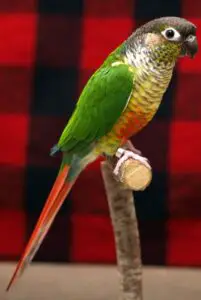
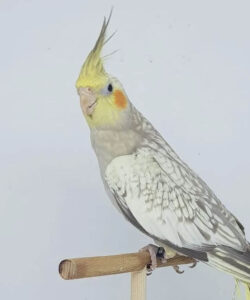
It depends on what you’re looking for in a bird. For me, I would choose this parrot, hands down.
If you want a parrot that’s talkative, whistles, and sings songs, the cockatiel would seem better to you. Cockatiels are very cuddly birds and don’t bite hard like conures do because their beaks are smaller.
However, if you’re allergic to dust, this parrot may be better for you as cockatiels create lots of bird dander.
If you want a super playful bird that loves attention and learning new tricks, this parrot would be perfect for you. Some birds are cuddly but not all are.
My bird is pretty bipolar when it comes to cuddliness. One day he’s sleeping in my jacket, the next day, he bites my finger because I scratched his head in a way that he doesn’t like. However, if you want your parrot to be able to learn speech, the conure parakeet might not be your bird of choice.
My parakeet knows how to say “Hazel!” and “silly bird” but in a very scratchy voice. He is also very loud and gets excited easily. I’m surprised that our neighbors don’t complain about his screaming when I get home from school.
I also think this parrot is more emotionally intelligent and understands what certain words mean (though I might be a bit biased here because I do love my parrot very much).
Anyways, consider these things and decide for yourself which bird is better.
Rare conure species
SOURCE:Deepan Exotic Birds
